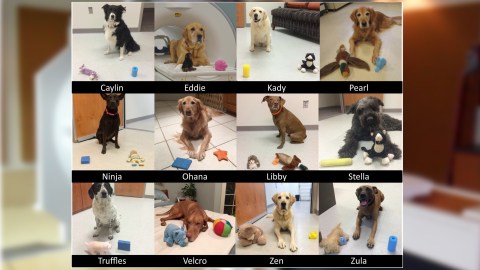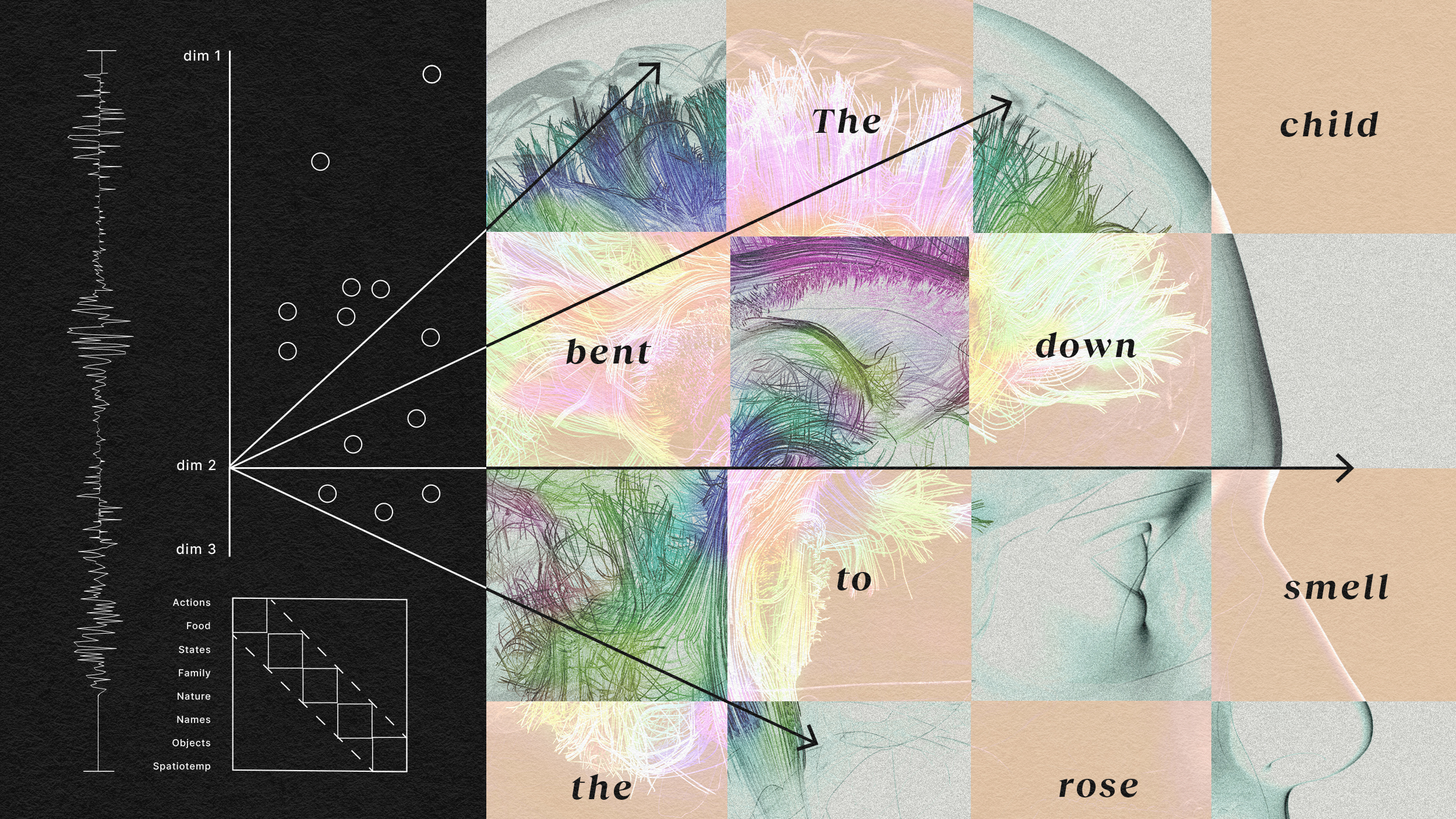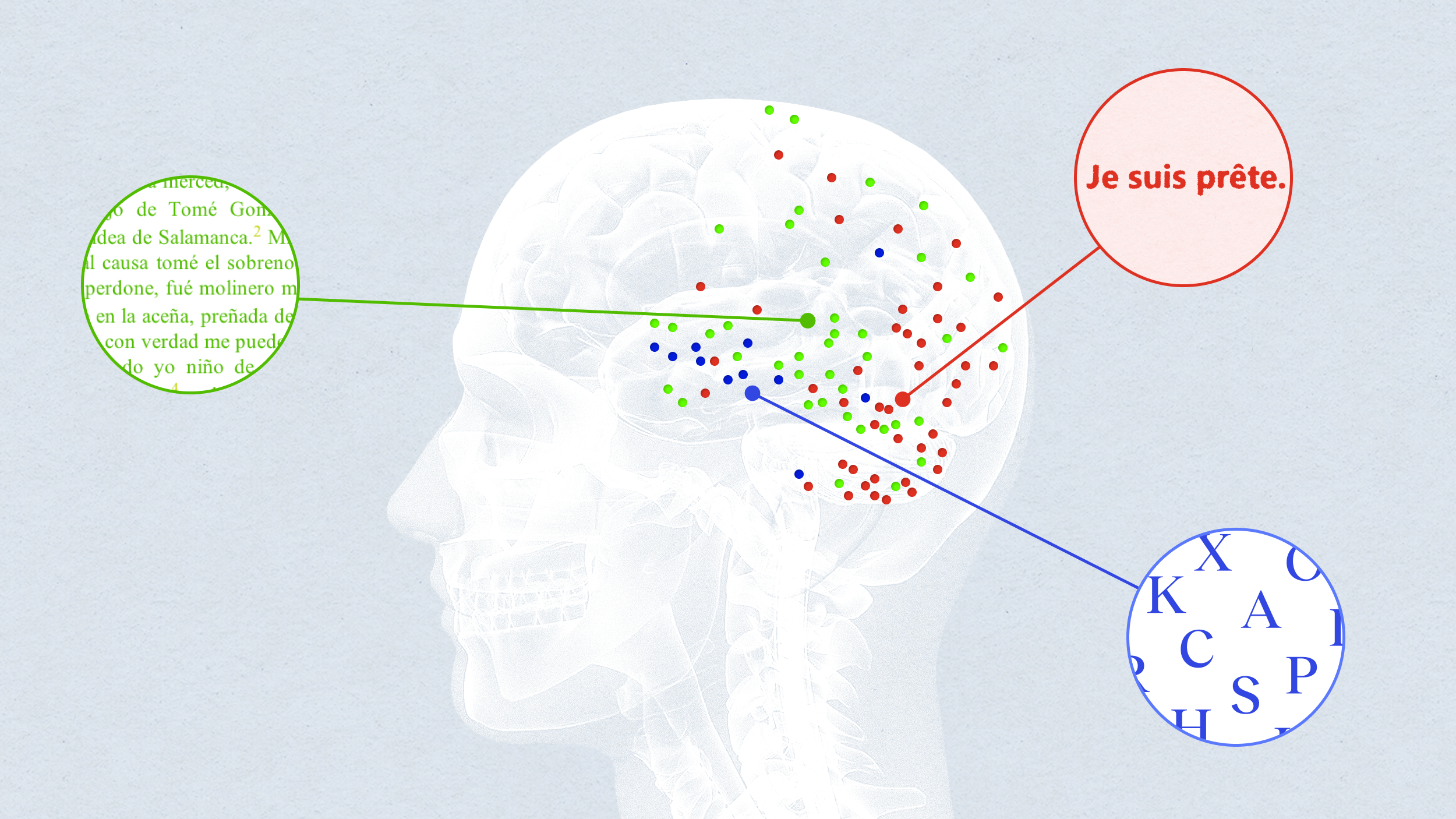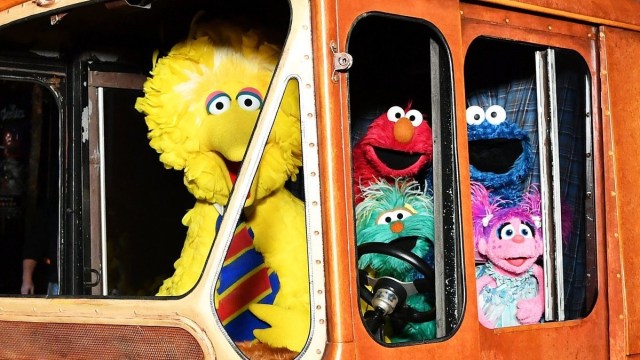fMRI study of dogs suggests they do know human words

(Prichard, et al/British High Commission/Big Think)
- Dogs respond neurally in different ways to words they know and words they don’t.
- fMRIs seem to also show how eager dogs are to please.
- You’re not imagining things: They do understand.
It’s obvious to dog lovers that we can communicate with our fuzzy pals. Say the words “out,” “walk,” or “car” and just watch the tail. Still, there could be other cues tipping off our meaning such as our tone of voice or some visual cue we’re unconsciously providing. As a result, it’s difficult for a non-scientist to know for sure if a dog understands a word or is responding to some other stimulus.
Scientists in Gregory Berns lab at Emory University, however, have learned how to train dogs via positive reinforcement to hold still for fMRI scans. Now a new study has analyzed the neural activity in a group of dogs, leading researchers to what for many dog fans is a satisfying conclusion: Yep, dogs can learn words.
The findings were published October 15 in Frontiers in Neuroscience as “Awake fMRI Reveals Brain Regions for Novel Word Detection in Dogs.” According to Ashley Prichard, PhD candidate and lead author of the study, “Many dog owners think that their dogs know what some words mean, but there really isn’t much scientific evidence to support that. We wanted to get data from the dogs themselves — not just owner reports.”

Eddie, Monkey, and Piggy
(Prichard, et al)
The study’s subjects
The researcher worked with 12 dogs of different breeds and their owners. The dogs had been trained at home to retrieve two specific toys when identified by name — their owners held up each object while saying its name until the dog had it. Golden Retriever/Labrador Eddie, for example, eventually knew what to go get when asked for “Piggy” or “Monkey.”

Velcro, hippo, and ball (Velcro is the pooch)
(Prichard, et al)
The experiments
While the dog’s neural activity was being scanned via fMRI, owners said an object’s name, and then held up the object in the first phase of the tests. Next, owners held up other objects while saying nonsense words like “bobbu” or “bodmick.” The difference in brain activity when responding to known words vs. novel words was significant and exciting, showing definitively that dogs know the difference between words they know and those they don’t.
The scientists weren’t surprised by this, but there was an intriguing twist, says Prichard: “We expected to see that dogs neurally discriminate between words that they know and words that they don’t. What’s surprising is that the result is opposite to that of research on humans — people typically show greater neural activation for known words than novel words.” The researchers’ hypothesis is that this reflects the dogs straining to understand their owners. “Dogs ultimately want to please their owners, and perhaps also receive praise or food,” says Berns.
Who’s a good boy?

Dogs hanging out in Berns’ lab for another study
phys.org
Activity insights
In half the dogs, the novel words produced increased activity in the brain area similar to our angular gyrus where we process differences in words’ meanings.
In the remaining dogs, other areas lit up that scientists believe correspond to the human left temporal cortex and amygdala, the caudate nucleus, and the thalamus. These differences may be down to differences in the breeds, individual dogs, or imperfections in our matching of human to canine brain structures.
In any event, the researchers were able to conclude, “Dogs may have varying capacity and motivation for learning and understanding human words, but they appear to have a neural representation for the meaning of words they have been taught, beyond just a low-level Pavlovian response.”
One last thing
Though it’s clear dogs do learn words, that doesn’t mean words are the best cues for training a dog. Prichard says, “When people want to teach their dog a trick, they often use a verbal command because that’s what we humans prefer. From the dog’s perspective, however, a visual command might be more effective, helping the dog learn the trick faster.”





